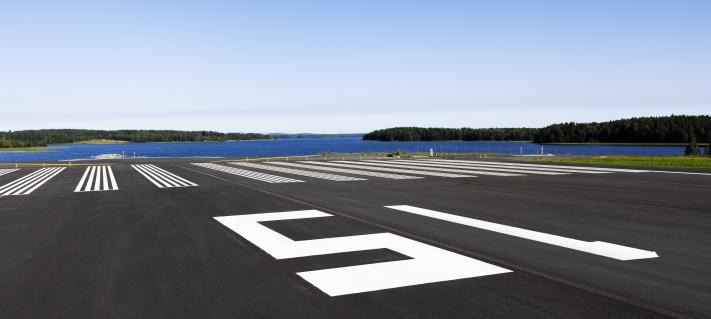Machine vision, a system based on automatic image interpretation of camera recordings, can observe its environment constantly without losing its vigilance like a human might. The machine can interpret images and produce utilisable data that wouldn’t be available otherwise; or wouldn’t be practical to be produced by humans.
“Machine vision can produce data that is meaningful for a business. A human could acquire this information as well, but a machine does it more efficiently and without getting weary,” says Tommi Vihervaara, the Head of Data at Finavia.
“Different kinds of applications can be build based on the acquired data. How you use the data really depends only on your own imagination, but it’s essential to come up with relevant uses,” says Henri Lehtonen, the Development Manager for Digital Solutions and New Technologies at Finavia.
Practical applications are being developed and tested
For now, machine vision is not actively used at Finnish airports, but applications are being developed and tested. A good example of these tests is the monitoring and analysis of aircraft turnaround processes.
“An airplane lands, taxis to a gate and the passengers get off. After this, several things happen: the plane is cleaned, refuelled and catering deliveries are brought on board. Then, the next passengers board. Machine vision can monitor these processes on the apron and automatically analyse how long each phase takes. This way, we can measure and optimise our own functions based on accurate data” says Vihervaara.
Machine vision has also been tested in facial recognition. The idea is that, in the future, passengers could pass through inspections without any travel documents. However, developing this takes time since it is heavily regulated.
Searching for profitable applications
Practical experiments have been conducted but it’s still a long way to the point where machine vision could be in actual use. Also, the technology isn’t necessarily appropriate for every situation.
“Humans observe their environment in complex ways and, on a certain level, machines can do the same thing. Machine vision is the most suitable for observing simple surroundings and repetitive processes, such as analysing how passengers move at the airport. However, machine vision isn’t necessarily fit for a chaotic and constantly changing environment,” says Vihervaara.
The most important thing is to find the contexts where machine vision can truly be useful.
“First, we will try it out on a small scale and validate its potential business benefits. After that, we can expand it if it seems necessary,” Lehtonen says.



